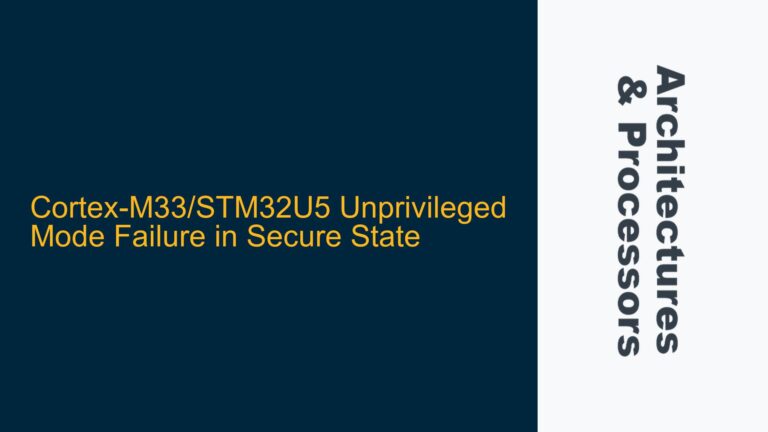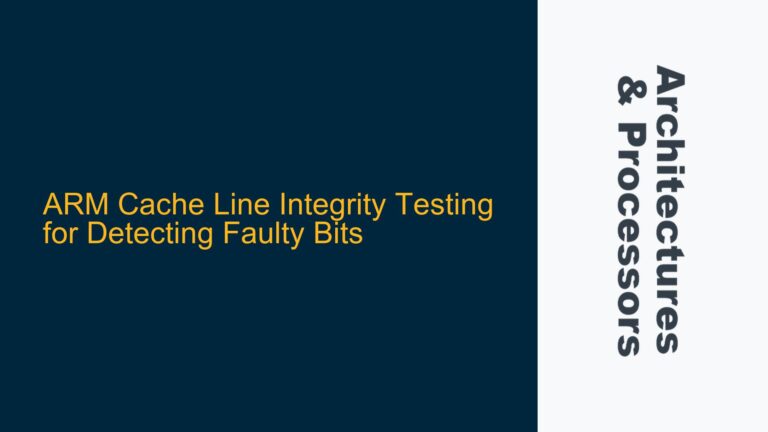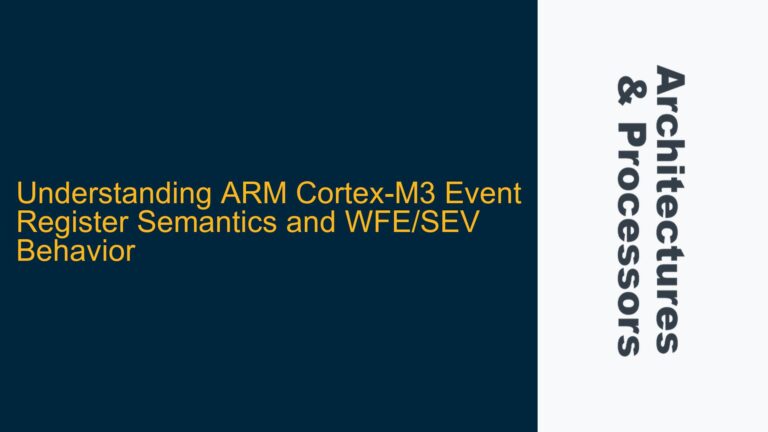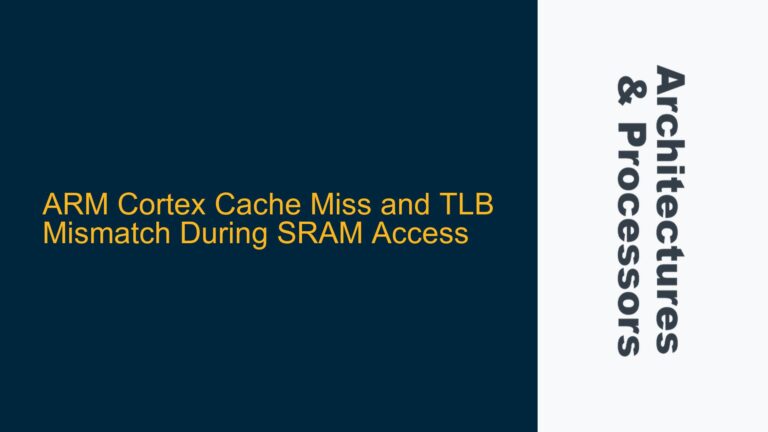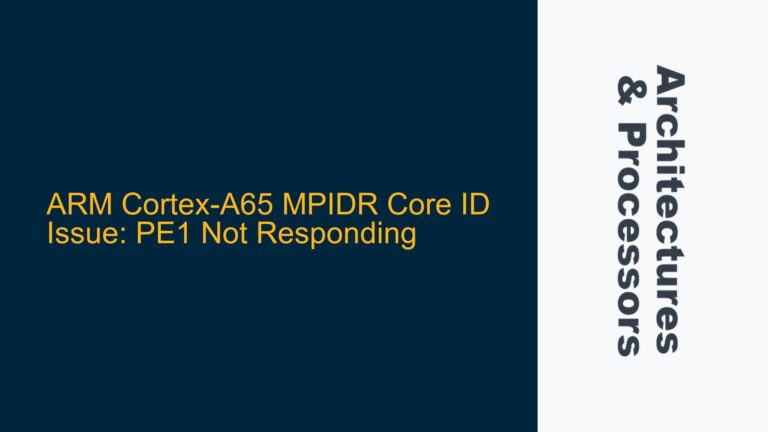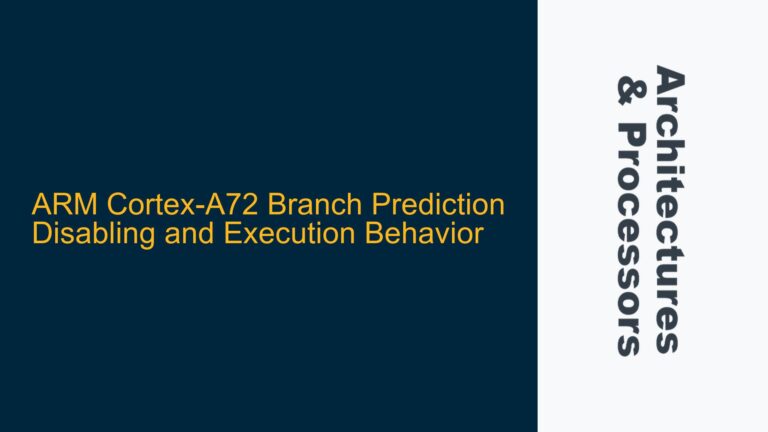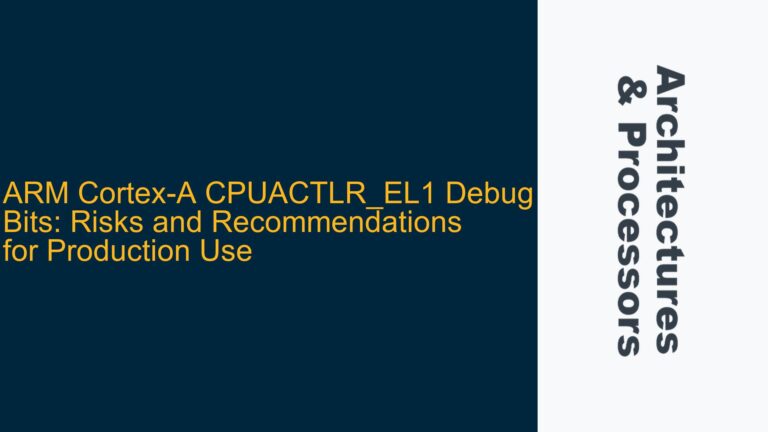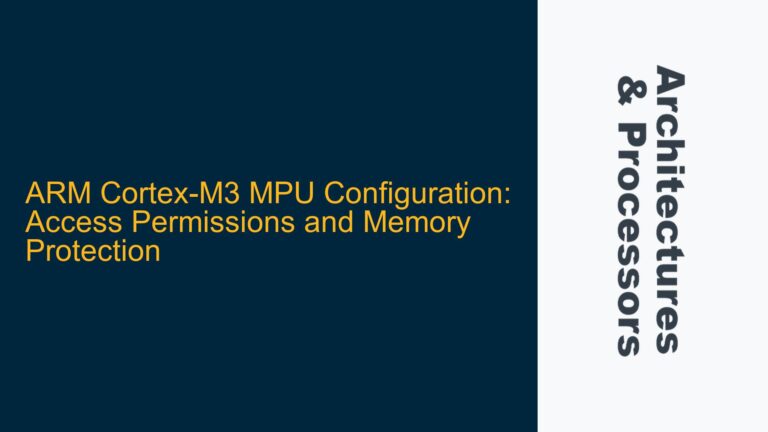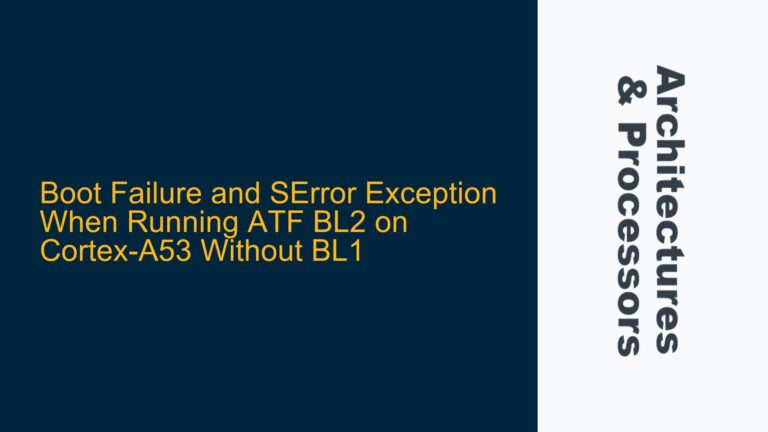Cortex-M33/STM32U5 Unprivileged Mode Failure in Secure State
Cortex-M33 Unprivileged Mode Stack Corruption and Register Zeroing in Secure State When running an unprivileged application in the secure state on the Cortex-M33 processor (specifically on the STM32U5 microcontroller with TrustZone enabled), a critical issue arises. The system exhibits unexpected behavior during context switching and exception handling. Specifically, when the Link Register (LR) is set…
